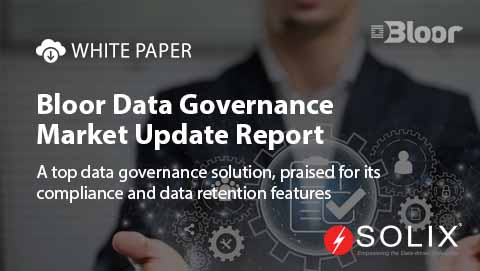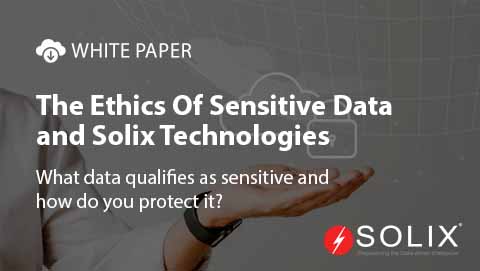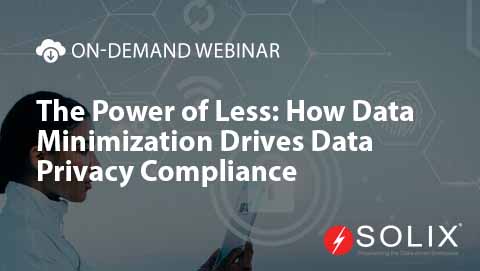How to Data Catalog
We live in a tech fueled ever expanding globe, understanding how to data catalog is not just an optionits a necessity. A data catalog acts as a centralized repository that helps organizations manage their data assets effectively, making it easier for teams to locate, access, and understand the data they have. So, how exactly can you create a data catalog that enhances your organizations data management In this post, Ill walk you through the process, offering insights and actionable recommendations based on my experience.
Data cataloging is particularly vital as organizations struggle with the growing data landscape. With mountains of data generated daily, the need for an organized system is more pressing than ever. By learning how to data catalog effectively, youre not only making data more accessible but also enriching its quality and usability within your organization.
Understanding the Basics
The first step in learning how to data catalog is understanding what it entails. A data catalog is a structured inventory of data assets. It includes metadata, which is data about the data, like its source, format, and meaning. This metadata helps users find and use the data correctly, akin to how an index in a book guides readers to the right information.
To build a robust data catalog, you need to identify the scope of your data assets. What data do you have Where is it stored What formats are used Answering these questions forms the foundation of your data cataloging journey.
Choosing the Right Tools
Once you have a grasp of your data landscape, the next phase involves selecting the appropriate tools. When I first undertook data cataloging for a previous organization, I realized the difference the right tool can make. Automating this process can save a significant amount of time and effort.
Consider tools that offer user-friendly interfaces and robust metadata management capabilities. When looking to how to data catalog efficiently, automation becomes your best friend, allowing for easy updates and maintenance. A product like Solix Data Catalog Solution can help streamline this process, providing a comprehensive approach to managing your data assets.
Engaging Stakeholders
Data cataloging isnt just a technical endeavorit requires input from various stakeholders across your organization. Collaboration is key. One memorable moment in my journey was when I conducted a workshop with data scientists, business analysts, and IT staff to discuss their data needs. The insights we gathered shaped our catalog significantly.
Make sure to engage different teams early in the process. Everyone has unique requirements and understanding how they access and utilize data will enhance the catalogs effectiveness. Theyll appreciate being part of the process, ensuring buy-in as you develop your catalog.
Documenting Metadata
Now that you have your tools and stakeholder engagement underway, its time to start documenting metadata. This step is where the magic happens, as it ties everything together. Youll want to capture key informationlike data source, data owner, update frequency, and even data lineageto ensure users understand the context of the data.
When I first began documenting metadata, I found its easy to overlook nuances. Adding a simple description can significantly improve understanding. Remember, a user-friendly catalog is built on clarity and thorough documentation. If team members can easily interpret data assets, it helps foster a data-driven culture.
Implementing a Governance Framework
Data governance is an essential aspect to consider when learning how to data catalog. A governance framework ensures data quality and compliance, which are non-negotiable in todays regulatory environment. Establishing rules for data usage, security, and maintenance will protect your organization and its data assets.
In my experience, a good governance framework involves assigning a data steward for each data area. This person is responsible for data quality and adherence to standards. Having clearly defined roles facilitates smoother operations and accountability within your data cataloging initiatives.
Monitoring and Evolving Your Catalog
Data cataloging is not a one-time project; its an ongoing process. The data landscape is always changing, and your catalog needs to reflect those changes. Regular audits and updates are crucial for ensuring your catalog remains relevant and useful.
Additionally, seek feedback from users. Their insights can reveal barriers they encounter when locating or utilizing data, allowing you to make necessary adjustments to improve the user experience. Dont be afraid to adapt your catalog based on real-world utilization patterns.
Maximizing the Benefits
With a well-maintained data catalog, the benefits extend beyond ease of access. Organizations can harness their data effectively, leading to better decision-making and enhanced operational efficiency. For instance, Solix solutions help organizations manage their data more proactively, allowing users to derive maximum value from their data assets.
By continuously improving your data catalog, you cultivate a culture that values data while providing your team with the tools they need to excel. If youre interested in enhancing your organizations data management, I highly recommend reaching out to Solix for tailored solutions.
For a more detailed understanding of how Solix can assist you in creating an effective data catalog, feel free to check out their offerings or contact them for consultation. Call 1.888.GO.SOLIX (1-888-467-6549) or visit their Contact Us page for more information.
Wrap-Up
In summary, knowing how to data catalog can transform the way your organization views and utilizes its data. By choosing the right tools, involving stakeholders, documenting metadata, implementing governance, and continuously monitoring your catalog, youre setting the stage for success in data management.
Embrace the journey of data cataloging and remember that every step taken enhances your organizations agility and decision-making capabilities. The world of data is expansive, but with a solid data catalog, navigating through it becomes significantly easier.
About the Author Im Sandeep, a data enthusiast dedicated to helping organizations understand how to data catalog effectively. My experiences have taught me the value of structured data management, and Im passionate about sharing insights that can lead to more informed and empowered decision-making.
Disclaimer The views expressed in this blog post are my own and do not necessarily reflect the official position of Solix. Always consult with a professional for specific data management needs.
Sign up now on the right for a chance to WIN $100 today! Our giveaway ends soon‚Äö dont miss out! Limited time offer! Enter on right to claim your $100 reward before its too late!
-

-

-
 On-Demand Webinar
On-Demand WebinarThe Power of Less: How Data Minimization Drives Data Privacy Compliance
Watch On-Demand Webinar
